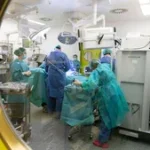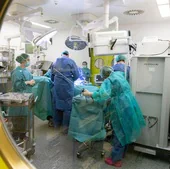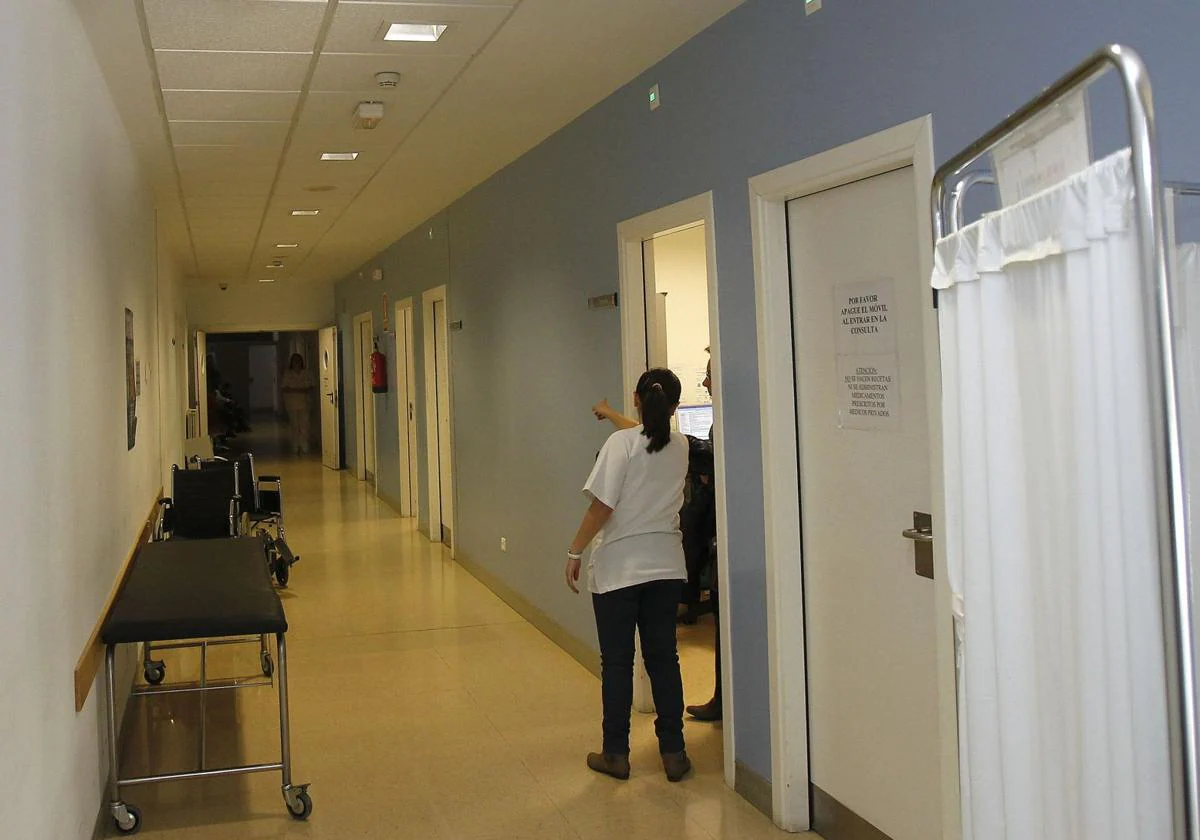

The map varies in its details and adds, rarely extracts from it, new localities with healthcare problems due to lack of accessibility. Some areas do not attract young doctors and nurses. Small population, very old and dispersed, with few healthcare resources at their disposal and … sometimes the hospital too far. And no matter how idyllic the environment is, which it usually is, the more nature and peace it offers and the best of its people, having just completed a degree and an MIR with an age that, although close, has not reached thirty, a doctor wants professional development, social life and a wide range of commercial and leisure activities. And what you don’t want is to travel kilometers to visit doctors’ offices, often empty “but you have to go”, and sick people at home, sometimes in snowy and mountainous areas, and see the same illnesses, usually multiple pathologies, over and over again linked to a very aged population and few diagnostic means at their disposal. So, if you have the choice, opt for a city or at least a semi-urban environment. And since the supply is broader than the demand for employment – the Spanish map has many vacancies and desires to fill them – the newly specialized family doctor, or pediatrician, chooses the city.
The problem comes from a long time ago, from very far back, and is closely linked to the very large retirements of Primary Care physicians and to the low supply of graduates and MIR graduates for years – now more corrected. And in particular, Family Medicine, which is the most chosen specialty but also, as it is the one that offers the most places because they are needed, the one that registers the most deserts at the end of each process.
And if this is a general problem, even in communities where the economic offer and its characteristics make the professional market favorable, in Castilla y León it is especially serious and is already reaching the cities. The recent transfer competition, together with the abandonment of active life due to age, has left some health centers empty, such as Parquesol in Valladolid, where there was previously a queue to get a place in property.


The fact that the reorganization of Primary Care in health areas and outpatient clinics dates back to a decree of June 1985 and in 1990 the ‘special’ areas were already defined in the regulations, allows us to get a clear idea of when to reach each corner with assistance. of Family Medicine is already a problem. More than three decades. Each era added pessimism and it was already in 2015 when a working group was established to analyze and define the so-called positions that are difficult to fill. The causes had to be studied and scores assigned.
212 towns
of the community are located in areas traditionally considered difficult to reach.
247 health centers
and there are 3,665 clinics in the region.
There have been many diagnoses, few and very basic rearrangements and the last one almost a decade ago with the reallocation of urban and rural quotas and the transfer of professionals to rebalance them. Afterwards, only the lying Plan Aliste and more anecdotal solutions based on the payment of overtime and extension of retirement and an extension of active working life do not achieve the necessary success.
Different reports agree, however, that a total of 24 health areas are difficult to cover; they are those that, due to their geographical and communication characteristics, have special difficulties in providing assistance. And to a large extent they coincide with the municipalities where no doctor seems to want to practice. Some localities, on the other hand, do not enter it but have their places empty or at least without a regular owner and others have an optional one but they are points of difficult performance.
The towns to which doctors seem to be reluctant to go are 69, according to data reviewed earlier this year by Health, and more, 212 those that belong to the 24 basic health zones. Sacyl is working on an updated census of such most conflictive points that will foreseeably incorporate towns and some may fall off the map; But Sacyl has not yet provided the details “because it is in the parliamentary process.” PP and Vox registered last month in the Cortes a Bill aimed at filling positions considered difficult to fill in the community. The proposal contemplates financial incentives of up to 6,000 euros per year for doctors, in addition to other non-economic measures, such as travel aid and flexibility of hours and days.
The areas are therefore changing, and they are also influenced by the population variation caused by the summer season, which fills some with visitors; but the different reports coincide a lot.
The province of Burgos and a good part of León, in addition to Soria, are the areas with the most problems in professional resources
Burgos is the big loser. The map turns red in this territory. It has twelve zones with many more locations where it is traditionally difficult to have sufficient medical staff. And, in particular, in eight basic health zones that total 72 municipalities and 32,423 inhabitants who populate them, there are strong healthcare problems. Briviesca, Valle de Losa, Mena or Tobalina or Sedano are some of them.
León is another of the provinces with important regions that seem to be unattractive for practicing medicine. There are 10,389 inhabitants affected in this case to which we must add the 27,190 of El Bierzo where all of it, despite its enormous tourist and environmental attraction, has the mark of ‘difficult coverage’, with the occasional exception of Ponferrada. And in the rest of the province there are five areas on this map such as Babia, Boñar, Riaño, La Cabrera or Matallana de Torío. There are 24 towns with problems and in four (Babia, Cabrera, La Bañeza and Riaño) the places are not usually filled.
Soria is a difficult province in its entirety for sufficient and equitable healthcare coverage. It also happens in your hospital. Its distance complicates its appeal. There are 16 towns where 5,219 people with problems live.
Salamanca is not a difficult point in urban and semi-urban areas and municipalities close to the capital, in fact it is usually quite in demand but it has two areas that, traditionally, are difficult to cover, such as Vitigudino, which also has a large population, 8,230 health cards attached and 32 municipalities and Aldeadávila de la Ribera with 3,488 patients from 32 towns.
Only Valladolid is free from areas of difficult coverage
Segovia appears in the reports with the La Sierra area, which covers 16 municipalities and 42 towns out of a total of 2,560 Sacyl users; although in only 10 towns it seems difficult to have an incumbent in office.
Ávila is not easy; although its proximity to Madrid gives it professional attractions. Cebreros and Gredos are its most delicate territory and account for 10,879 inhabitants affected by it in its 13 main municipalities and 25 localities in total; But Poyales del Hoyo in Candeleda and Pedro Bernardo in Lanzahita are the biggest management headaches.
Valladolid is usually outside of these censuses although Íscar, Peñafiel, Alaejos and Medina del Campo Rural appear in some studies. And Zamora has special difficulties in Alta Sanabria with four main municipalities and five towns that barely have 866 inhabitants.
Spain emptied and needs on the rise
All these areas of emptied Spain have 110,891 residents and although Castilla y León enjoys good global coverage ratios, its geography, communications, dispersion and aging trigger its healthcare needs.
Primary Care in Castilla y León is organized into 11 health areas, 249 basic zones, in 2,330 medical care areas and 2,162 nursing areas; with 247 health centers, 3,665 local clinics and 199 continuing care points and on-call centers. Of the areas, 162 are rural and 35% of them have serious difficulties in filling their places. In fact, of the vacant doctor positions, most are rural and there are 165 in the area, that is, they have an entire area and they work mainly in emergencies and always have worse coverage.

